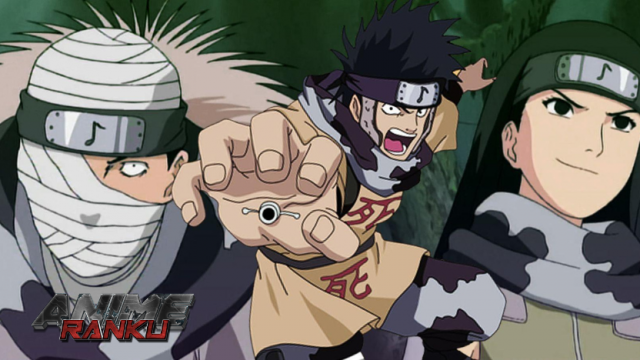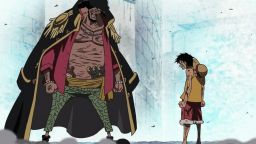Naruto features numerous official and unofficial teams, as ninjas rarely succeed on their own. After all, even the lethal missing-nin Zabuza Momochi had Haku by his side. The major nations all organise their ninja armies around official squads of three or four shinobi, with Team 7 being the most famous – and the Sound genin being the most tragic.
The Sound genin were not particularly important in the long run, only appearing as minor antagonists in Naruto's "chunin exam" arc. Nonetheless, the Sound genin team is frequently overlooked as a grim example of how the shinobi world truly works, in which middle school-aged children are expected to pick up a weapon and go fight, or even die, for the sake of a mission.
The Story of How the Sound Genin Became Orochimaru's Throwaway Tools

On the one hand, Orochimaru's cutting-edge fusion of science and ninjutsu is represented by the three Sound genin, foreshadowing the more advanced technology found in Boruto: Naruto Next Generations. During the "chunin exam" arc, Dosu Kinuta used a strange device to blend ninjutsu and genjutsu via soundwaves, while the brash Zaku had wind tubes built into his arms to create pressurised air blasts that could even knock out Rock Lee. All of this power, however, came at a high cost that the Sound genin would have to pay whether they won or lost their chunin exam battles.
Orochimaru is a villainous scientist, similar to Dr. Garaki in My Hero Academia or Szayelaporro Grantz in Bleach, and such characters view their minions not as friends but as walking, talking test subjects. Characters like the Sound genin are valued not for who they are but what they can do to test Orochimaru's experimental jutsu tech and provide valuable data. In fact, the Sound genin's main goal was not to prove themselves but simply to assess Sasuke Uchiha's capabilities, as Orochimaru schemed to possess Sasuke's body someday and obtain the Sharingan. The Sound genin were evidently misled about all this or kept in the dark, being unwitting tools for a fiendish Sannin who cared nothing for them.
While the Sound Four had valuable curse marks and immense combat prowess, the Sound genin were disposable tools, and Orochimaru treated them accordingly. Dosu Kinuta died ambushing Gaara one night, while Orochimaru sacrificed Zaku Abumi and Kin Tsuchi to fuel his Edo Tensei jutsu and prepare for Operation Konoha Crush. There was no happy ending for the Sound genin -- either they died in battle once they accomplished their mission or Orochimaru would sacrifice them later on, which is to be expected. Naruto fans could even criticize the three Sound genin for being foolish and gullible, thinking they could survive and thrive while working for someone like Orochimaru. They should have seen all this coming, but they either failed to do so or hoped in vain that they could find an alternative.
Bringing to Mindra Uchiha and Hashirama Senju's Era

The Sound genin had it tough, being 14-year-olds who were given just enough power to be useful before being sacrificed. There could be no happy ending for them, but tragically, Orochimaru's cruel and exploitative strategy was the norm a few generations ago. In Naruto Uzumaki's time, ninjas his age could benefit from the Hidden Leaf Village's sturdy walls and strength in numbers, but things were very different before the major villages were established. Orochimaru's exploitative methods would have been the norm in that era, twisted science aside.
When Madara Uchiha and Hashirama Senju were kids, there were no hidden villages or nations, and ninjas were grouped only by clan. These clans suffered high casualty rates since they were all enemies of one another, and children were often sent into the fray too. In those days, the children of these shinobi clans knew what they were in for, but it was still exploitative for their parents and other relatives to send such young family members to fight and die. It was the dark ages of Naruto's world, and shinobi had many children to compensate. It's similar to how the ninja clan in Demon Slayer urges its members to bear many children, with Tengen Uzui having three wives to that effect.
In that sense, Orochimaru's exploitative and callous methods are simply a relic of how things used to be for all ninja, and even when genin Naruto's age is sent on combat missions, it still feels barbaric by most standards. Teams 7, 8, and 10 may be sending 12-year-olds into battle, but those teams are also supported by jonin mentors and a safe home village. The Sound genin may have thought they struck a bargain by siding with Orochimaru in exchange for unusual jutsu, but they were nothing more than interchangeable pawns representing the darker side of ninja warfare in the Naruto universe.






